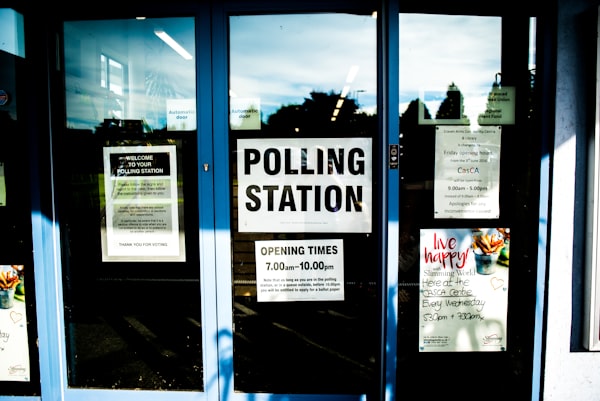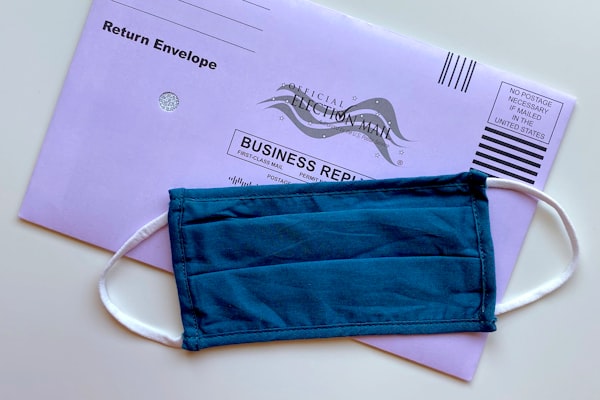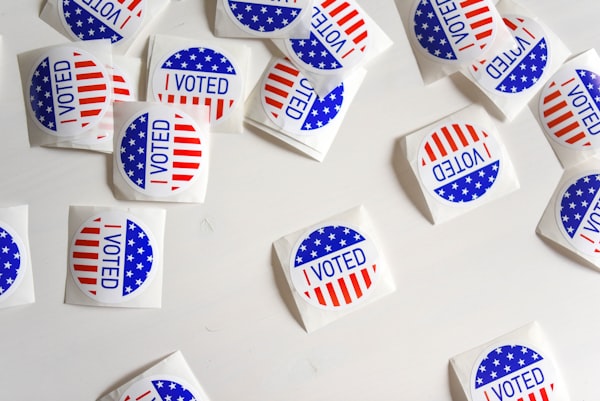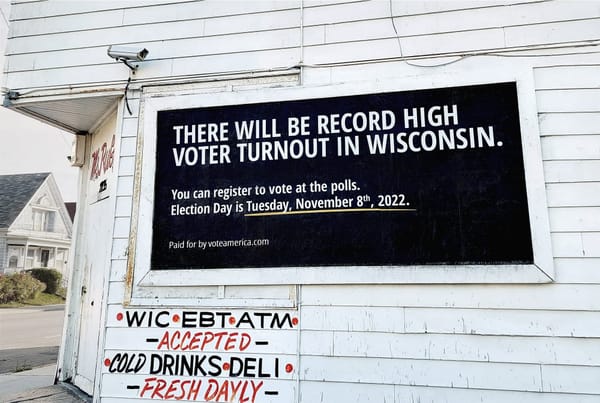CEO update: 34% of unregistered voters can cast ballots on Nov 3, 2020
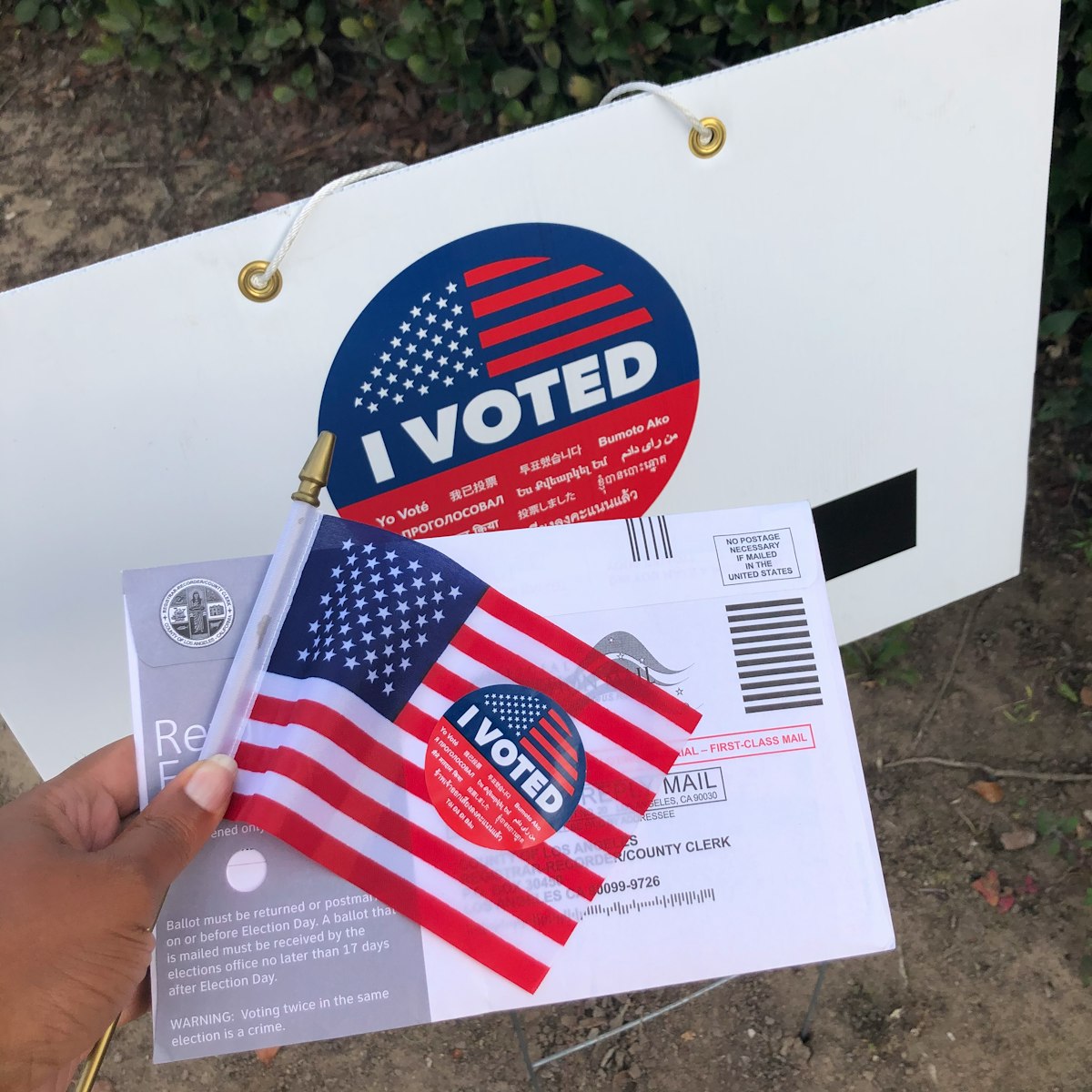
Originally sent as an email on October 29, 2020
On October 20, 2020, I wrote to you to say that we needed to close a $985,000 funding gap. As of an hour ago, that gap is down to $19,000. Closing this gap in 9 days wasn’t easy. Justin and I made more phone calls than any two humans should ever make in a week, the texting team recruited a mess of volunteers to reduce labor costs, and the program/tech/comms/outreach teams raised $258,000 online. If you chipped in over the past 9 days, thank you. And if you haven’t chipped in yet, don’t worry: now that we’ve closed one gap, I’ve decided to open another. With 5 days and 5 hours left to go, VoteAmerica is launching another campaign tomorrow morning targeting unregistered voters. Here’s why:
34% of unregistered voters can cast ballots on Election Day. 34% of unregistered voters can show up with ID, fill out a voter registration form, and then vote on November 3, 2020. This is more than enough potential new voters to make up for any voter registration shortfalls we’ve seen so far in 2020, and it’s more than enough to ensure a decisive outcome to this presidential election. It’s called Election Day Registration (EDR) and 21 states offer it.
If you’ve never heard of EDR, you’re not alone. Most Americans have no idea that EDR exists. This is a marketing issue: election officials lack communication budgets, and partisan groups focus all of their efforts on registered voters. Also EDR is relatively new, and the American political class isn’t exactly known for innovation. So what we have here is a breakdown in communication, and a handful of days in which to fix that. Fortunately, VoteAmerica is a rapid response organization, and there’s nothing the team enjoys more than adding new programs to the docket.
Here’s an Election Day Registration primer:
- 21 states have EDR: Alaska, California, Colorado, Connecticut, District of Columbia, Hawaii, Idaho, Illinois, Iowa, Maine, Maryland, Michigan, Minnesota, Montana, Nevada, New Hampshire, Utah, Vermont, Washington, Wisconsin, Wyoming.
- For all intents and purposes, these states don’t have registration deadlines.
- There are 40 million unregistered voters as of yesterday. 13.4 million (34%) of unregistered voters live in EDR states.
- The EDR process is straightforward. Citizens go to a designated location (generally their polling place), show their ID, fill out a voter registration form, and cast a ballot.
- Citizens in EDR states have very few excuses for not casting ballots: if they can get to the polls, they can vote.
- GOTV drives in these states are easier, because you can target any citizen, not just registered voters.
- EDR campaigns present a chance to expand the electorate at a reasonable cost. The cost per net new vote in EDR states is potentially lower, because organizations don’t need to run separate voter registration and voter turnout drives. (Post election we can talk about why progressive funders are spending millions of dollars running voter registration drives in these states in the summer and fall when literally any citizen can go vote on Election Day, but I’ll save that conversation for another email.)
We’ve been laying the groundwork for this campaign over the past few weeks, and are doing our best to maximize the resources we already have on hand. Here’s what we’re up to:
- We’ve integrated EDR information in all of our tools and our website. Most groups will want to bookmark our comprehensive EDR page. It lives here: www.voteamerica.com/same-day-registration/
- We’ve integrated EDR messaging into our campus program. Every ad targeting a student in an EDR state practically shouts at them about EDR.
- We’re sending 2 waves of emails to our 3 million person list, letting everyone know which states offer EDR and asking them to pass along the information. We’re not limiting ourselves to EDR states because this election is national, and everyone knows someone who lives in an EDR state.
- We’re sending 2 SMS messages to our 1.7 million person SMS list, also informing them that EDR is an option and asking them to pass along the message.
- Our comms team is pitching like mad to local media and national media, and I’m taking every TV, radio, and print opportunity that comes my way. Earned media is the best media, and reporters and journalists are really excited about EDR (real talk; everyone loves EDR).
We’re also adding a new program on top of our existing efforts, and this program is relatively inexpensive.
- While 21 states have EDR, VoteAmerica is focusing on 6 states that have competitive elections: Colorado, Iowa, Maine, Michigan, Montana, and Wisconsin. There are 2,970,000 unregistered voters in these 6 states.
- We are laying 2 more waves of P2P SMS messaging on top of our existing P2P messaging plan in these states, and we’re targeting all young people, people of color, and unmarried women, regardless of current registration status. We’re adding new waves of messaging instead of cramming this new information into existing messages because we don’t want to overwhelm voters (studies show that providing too much information at once reduces turnout).
- The program will cost $168,500 and will reach almost 3 million potential voters. We’d be stupid to not run this program.
This program will work.
We’re too frugal to spend money on things that are unlikely to move needless, and we actually attempted this on a small scale once before. In 2018, I ran a small EDR P2P SMS program with Professor Chris Mann. This program increased turnout by 1.35 percentage points, and yielded net new votes at a cost of $45 per vote (anything under $100 is considered very cost efficient). This positive effect resulted from sending only one wave of messaging. We’re sending two this time around.
Isn’t this election already in the bag?
No, absolutely not. As voters flock to the polls, conservatives flock to the courts in an attempt to keep election officials from counting ballots. As I told a reporter earlier this week, there are three ways to win an American election: you can win based on votes (democracy), you can suppress the other side’s votes (suppression), or you can refuse to count the ballots (rigging). Since vote suppression tactics are no longer working, conservative groups are leaning hard into option 3. I’ve lost track of the number of lawsuits designed to curtain ballot counting, but the general push is to not count mail-in ballots that are postmarked by Election Day but arrive afterward. A few issues with this. First, voters are being punished for USPS delays, which are out of the voter’s control. Second, USPS delays are due to a partisan attack on USPS service, designed specifically to undermine mail-in voting. Third, voting has already started, which makes changing the rules now absurd: we wouldn’t tolerate changing the rules of a football game during the third quarter of the Super Bowl, and we shouldn’t tolerate this during a presidential election.
VoteAmerica isn’t going to stand for this nonsense. If bad actors are trying to reject mail-in ballots, we’ll increase the number of in-person ballots. EDR lets us do this at a reasonable cost and with modest sums of money and time.
If you have any money left to give, this is what you should fund. If you’re anxious about the election, this is what you should fund. If you’re exhausted from the past 4 years, this is what you should fund. We added this program at the 11th hour, because we have faith that you will come through with the capital, while we deliver on the program.
- You can donate online here: https://secure.actblue.com/donate/voteamerica-medium
- If you plan to give more than $1000, please email as at finance at voteamerica.com and we will give you our wire or ACH info.
- If you want to give, but you need a few days to get the money together, just email me. Our invoices won’t be due until post election, so if you commit in writing to moving money by November 9, we’re good.
Clear eyes, full hearts, put on your mask, and let’s do this.
Debra
P.S. There are some definite upsides to this clusterfuck of an election: all of the work that went into ensuring long lines at the polls isn’t paying off. Folks are bringing folding chairs and snacks and audiobooks to listen to, and then patiently waiting. In any other year this nonsense would deter voters, but not this year. Folks are happily posting online about how many hours they waited to vote. This is a badge of honor in 2020. It warms my heart, and it sends a clear message: “we know you’re trying to keep us from voting, and we won’t let you.”
